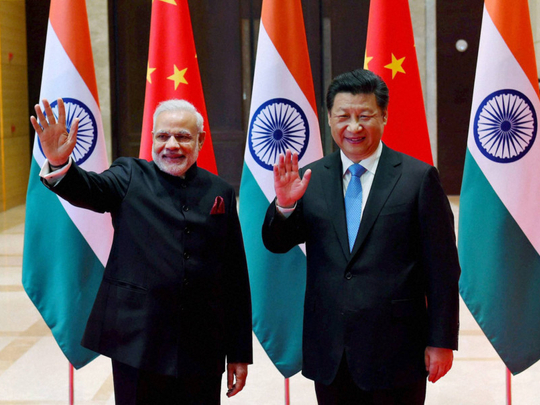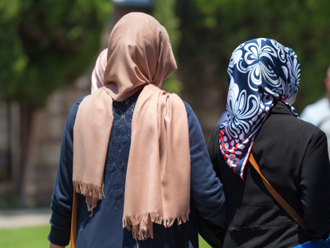
It is the right of every traveller to make a connection with the places he or she visits and share it in a way he or she feels right. Connection and understanding are, after all, among the reasons behind travel. However, when the leaders of the world’s two fastest growing nations click a selfie, it exhibits their willingness to be framed within a shared space, a subtle individualist effort to capture their own place in history, rewriting years of mistrust, mutually inflicted agony and embrace a sense of desire to fulfil their respective country’s dreams through mutual cooperation.
Selfies are self-congratulatory, propagating a sense of having travelled miles to reach a destination of self-desire. They not only demonstrate achievement, but also a sense of having arrived on the scene. The jury is still out on Indian Prime Minister Narendra Modi’s visit to China. But his selfie-diplomacy created more waves than expected as he even got elite politician President Xi Jinping to flash a grin — a dream of every news photographer. Modi’s selfie-diplomacy is being talked about all over the world. He has taken this brand of diplomacy to most of the countries that he has visited since becoming India’s premier a year ago. However, what made his selfie with the Chinese premier a statement in subtlety is that it sent out a message to his neighbour: Democracy at times can be a great leveller.
Also, this spontaneous display of warmth on online media is rare for leaders in China, where discussion of politicians’ personal lives is taboo and details such as their exact birthdates are considered a state secret.
If the idea of the selfie was to create an image of the Chinese leader as a common man willing to charm his host, then surely it was a success among the Chinese. It also delivered the message that India and China can stand shoulder to shoulder, trying to erase years of acrimony. Modi had created an account on the micro-blogging site Weibo, China’s indigenous answer to Twitter, ahead of his trip, prompting a flurry of messages from the Chinese masses, even as the two leaders discussed the simmering border dispute between the two Asian giants.
When the picture was posted on Weido, the Chinese were certainly delighted with messages like “cute premier!” Others even wondered when their own leaders would have a social media presence. “Wouldn’t it be great if Premier Li had his own Weibo? Then we could respond to him directly,” one user wrote.
However, amidst his selfie-diplomacy, Modi probably inadvertently propagated the message of his predecessor Jawaharlal Nehru who coined the phrase “Hindi Chini Bhai Bhai” (Indians and Chinese are brothers). But Nehru’s belief of brotherhood was shattered post the 1962 war and the relationship took a turn for the worse. It took his grandson Rajiv Gandhi to turn the tide when he visited China as the prime minister in 1988. Since then, most of Indian prime ministers have visited China and such visits were reciprocated. For those who are trying to quantify this ritualistic show of camaraderie with trade and investment numbers are missing the underlining importance of world peace and economic stability.
For both the nuclear neighbours, India and China, living peacefully is an achievement in itself. Both Modi and Li know that their respective nations have deep-rooted bureaucracies and if the leaders are unmindful an accidental flare-up at the border is always a possibility. And any such act will have the propensity of not only undermining world order, but also shattering the dreams of one-third of the world’s population. Whether it is a sociological failure or the commonality of deep-rooted Communism, the masses of both the countries are chasing a common dream — the ‘American dream’. Strangely, amidst talks of economic progress and innovation until now there has been nothing called the “Indian or Chinese dream”.
The other commonalities of both the countries are also difficult to be missed. Large populations, ancient civilisations, developing economies, a history of being wronged by western powers and immense potential to become global power houses.
Yet, tension over border disputes and global trade tinged with protective nationalism on both sides has sharpened mutual distrust over the last few decades and has been extended into the public domain by both countries. Modi and Xi are willing to explore the prospects of a more productive relationship on the basis of deeper economic engagement, greater contact between the people of the two countries and rejuvenation of shared cultural roots, while trying to resolve the long-standing border disputes.
Modi’s sojourn to the Chinese capital has ended in talks resulting in commercial deals worth billions between corporates of the two countries. This, in a way, is an acknowledgement that trade and tourism can play a more constructive role in cementing bilateral ties.
It will take a while before both the countries can quantify the results from this round of the visit, but this acceptance of sharing a common frame, that comes with a certain degree of realism and pragmatism, is more than welcome.









